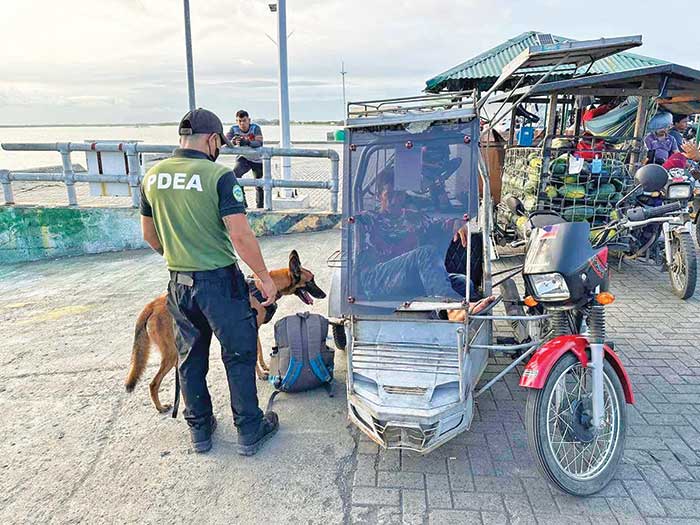
By Rjay Zuriaga Castor
Whether the confiscation of drugs in the province is substantial or minimal, as long as there is a presence of illegal drug trade, drugs in the province have always been “alarming,” according to Iloilo Governor Arthur Defensor Jr.
“It has always been alarming basta may ara illegal drugs,” Defensor said in a press conference last week.
He, however, emphasized that the volume of drugs in the province is no longer significant, citing the continuous illegal drug operations of law enforcement agencies.
“Ang [significance], how significant [it is,] indi siya muna ka significant kay may mga nadakpan kita sang nagligad, dako dako ang volume niya pero it’s always alarming, that problem is always alarming whether it’s many or not,” he added.
Data from the Philippine Drug Enforcement Agency (PDEA) Barangay Drug Clearing Program showed that as of October this year, 98.61 percent of the 1,721 barangays in the province of Iloilo are considered drug-cleared barangays.
NEED FOR MORE SNIFFING DOGS
Defensor said that one of the concerns raised to him by Iloilo Police Provincial Office (IPPO) director Colonel Ronaldo Palomo in their anti-narcotics operations is the entry of illegal drugs at seaports.
He emphasized that the Philippine Coast Guard (PCG) is only deploying narcotics detection dogs to check all vehicles and items that are unloaded in the seaports for the presence of illegal drugs.
These drug-sniffing dogs are used for monitoring and interdiction capabilities, such as conducting sweeping searches on baggage, cargoes, and parcels, thereby limiting surveillance operations in the ports.
Unlike airports, seaports do not have security scanning equipment such as metal detectors, millimeter-wave machines, backscatter x-ray, and cabinet x-ray machines that can check vehicles and containers that are unloaded.
“We have to increase our capacity sa nagasulod sa alagyan sa ports kay wala laboratory diri sa atun […] Kung mabantayan ta ang surudlan, mabulong natun ang problema. […] Sniffing dogs ang kinahanglan natun, importante na sa aton subong ang mga sniffing dogs. May ara sila pero mas maayo gid nga madugangan natun,” Defensor stressed.
Defensor said he is yet to further discuss with the IPPO the other needs in strengthening the monitoring of illegal drug activities in the seaports.
“Ang hambal ko sa iya we are willing to help to capacitate ang atun operatives sa mga ports,” he added.
The governor further said that the IPPO chief mentioned that the entry is no longer concentrated in key northern ports but is likely occurring in seaports with closer proximity to the city.
“We can categorically say, siling niya (Palomo) subong nga wala na to sa north ga halin. It can be in Dumangas port in so far as the province is concerned coming from Negros [island],” he said.
Meanwhile, the city government of Iloilo is also looking for ways to help the PCG in monitoring the illegal drug trade in seaports after intelligence reports confirmed that illegal substances are infiltrating these areas.



















